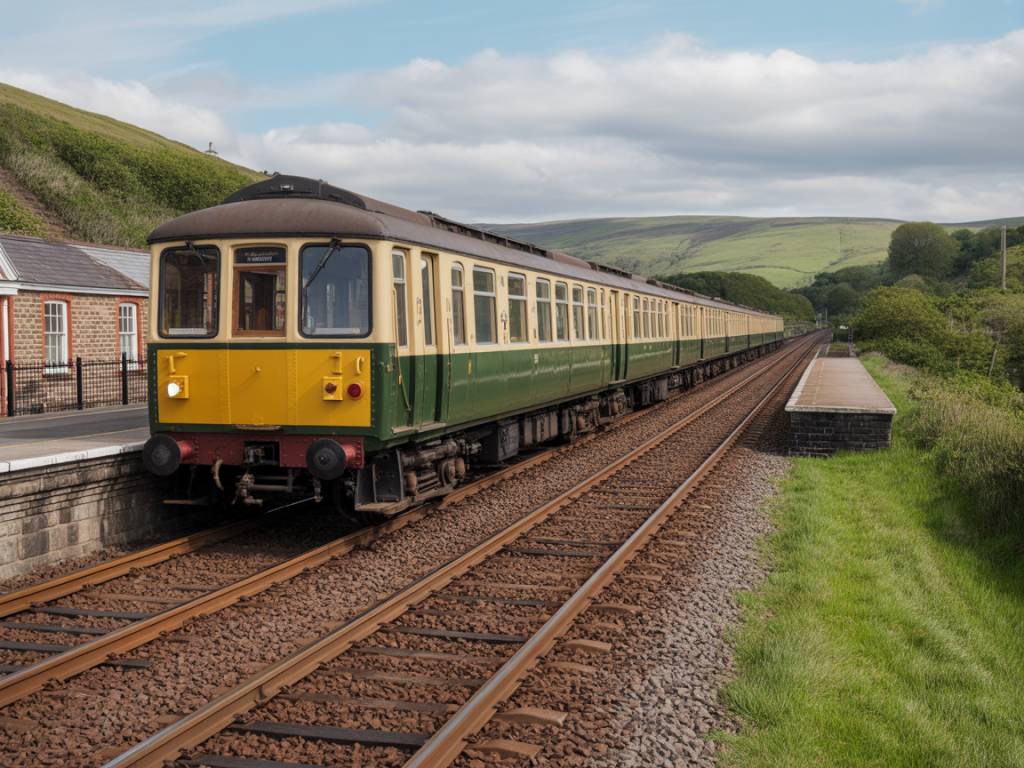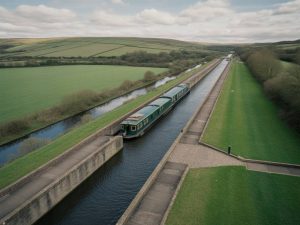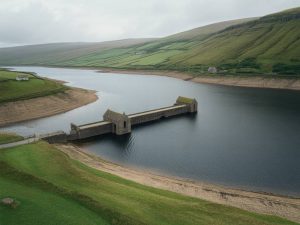The forgotten railways of Wales: tracks through time and tradition

The forgotten railways of Wales: tracks through time and tradition
Echoes of Iron and Steam: An Introduction to Wales’ Lost Railways
Hidden among the mist-covered hills, windswept coastlines, and pastoral valleys of Wales are traces of a once-thriving railway network. Forgotten by time and bypassed by modern infrastructure, these disused railways are a testament to an era when steam engines were the lifeline of rural communities and industrial growth. The discontinued rail lines of Wales offer more than abandoned stations and overgrown tracks — they offer a journey into the very heart of Welsh history, culture, and identity.
This article explores the forgotten railways of Wales, tracing their rise during the height of industrialisation, their eventual decline, and the legacy they have left behind. For travelers and history enthusiasts alike, these derelict tracks provide a unique opportunity to engage with Wales’ rich past — both on foot and through heritage rail experiences.
The Golden Age: Railways and the Welsh Industrial Revolution
In the 19th century, Wales experienced a dramatic economic transformation driven by coal mining, slate quarrying, and heavy industry. The Welsh landscape, particularly in the south and north-west, became dotted with railway lines, acting as essential arteries connecting remote sites of production to bustling port towns.
The Cambrian Railways, the Brecon and Merthyr Railway, and the Barry Railway were just a few of the many lines that crisscrossed the country. These routes served crucial purposes:
- Transporting coal from the South Wales Valleys to Cardiff and Barry docks.
- Carrying slate from the quarries of Snowdonia to coastal export centers.
- Providing mobility for communities previously isolated by rugged terrain.
These railways were not merely functional; they symbolised a new era of accessibility, employment, and regional pride. Towns such as Rhymney, Blaenau Ffestiniog, and Llanberis became integral to industrial Wales, their growth fuelled by the expansion of the rail network.
The Slow Decline: Nationalisation and Closure
By the mid-20th century, the relevance of many Welsh railways waned. The post-war period brought nationalisation of transport networks under British Rail, accompanied by consolidation, changing freight routes, and the rise of road transportation. The infamous “Beeching Cuts” of the 1960s marked a pivotal moment when numerous rail lines were closed across the UK — and rural Wales was particularly hard hit.
The Beeching Report, officially titled “The Reshaping of British Railways,” identified several Welsh lines as unprofitable. As a result, hundreds of miles of track were dismantled, stations were shuttered, and many Welsh valleys lost their most vital link to the outside world. Lines such as the Carmarthen–Aberystwyth railway and the Heads of the Valleys Line were permanently closed, leaving ghostly reminders of a once-bustling network.
Heritage Railways and Preserved Lines
Despite the losses, some of Wales’ historic railways have been revived as heritage lines, lovingly restored and managed by enthusiasts and local communities. These preserved railways not only offer scenic rides through stunning landscapes but also act as guardians of industrial heritage.
Popular examples include:
- Ffestiniog Railway: Dating back to 1836, this narrow-gauge railway originally transported slate and now offers passenger journeys through Snowdonia National Park.
- Talyllyn Railway: One of the world’s first heritage railways, it operates near Tywyn in Mid Wales, preserved since 1951.
- Bala Lake Railway: Following the former Ruabon to Barmouth line, it now brings visitors along the serene shores of Llyn Tegid.
These heritage lines are much more than tourist attractions. They represent successful grassroots efforts to protect and promote Welsh industrial culture, with many employing bilingual signage and promoting Welsh language education.
Walking the Tracks: Rail Trails and Scenic Routes
While trains may no longer run on many of Wales’s old lines, their paths have been repurposed as cycling and walking trails, providing immersive outdoor experiences. These “rail trails” combine heritage tourism, natural beauty, and healthy recreation opportunities.
Some notable routes include:
- The Mawddach Trail: Following the old Barmouth Junction to Dolgellau railway line, this scenic riverside path offers incredible views of the Cadair Idris range.
- The Afan Valley Trail: Once part of the Port Talbot Railway and Docks Company, this area is now a hub for mountain biking in South Wales.
- The Ystwyth Trail: Linking Aberystwyth to Tregaron, this trail follows the trackbed of the former Carmarthen–Aberystwyth line through a variety of landscapes, including woodland and open moor.
These routes not only provide access to rural and lesser-known parts of Wales but also conserve the historical footprints of an infrastructural past many have forgotten.
Railway Architecture and Industrial Remains
Scattered across Wales are remnants of its railway heritage. From weatherworn viaducts and disused tunnels to derelict stations overtaken by ivy, these ruins offer a visual and tactile connection to the country’s industrial past. The Pontcysyllte Aqueduct, though now recognised more for its canal, was located near several key rail transport sites in North Wales, while Penmaenpool Toll Bridge near Dolgellau marks the old station site now commemorated by a heritage centre.
Railway preservation societies and local heritage groups have catalogued many of these structures, ensuring they remain part of the public consciousness. Some of the best-preserved sites include:
- Llanberis Station: Once a hub for slate export, now home to the Llanberis Lake Railway museum and visitor centre.
- Devil’s Bridge Station: A restored terminus on the Vale of Rheidol Railway, surrounded by captivating waterfalls and legends.
- Ammanford Station ruins: A poignant reminder of the town’s coal-driven past, now serving as a local history exhibit.
The Cultural Impact and Legacy
The forgotten railways of Wales are more than steel and timber — they are cultural landmarks interwoven with storytelling, song, and local identity. The rhythmic clatter of steam trains is etched into collective memory, often reflected in the arts. Welsh poets and musicians have recounted the loss of rail lines as symbolic of greater economic and social shifts.
Local initiatives, such as oral history projects and community photography exhibitions, have helped preserve the stories of railway towns. Museums, including the National Slate Museum in Llanberis and Big Pit National Coal Museum in Blaenavon, also feature exhibits highlighting the importance of the rail network in facilitating industrial dominance.
For tourists interested in industrial heritage travel, retracing the footsteps of these railways offers a richly textured experience. Exploring Wales through the lens of its forgotten tracks provides an evocative narrative that complements its castles, coastlines, and iconic peaks.
As plans to reopen some rail lines gain local momentum — including feasibility studies for the reinforcement of routes in mid and north Wales — the legacy of these forgotten pathways continues to evolve. Whether as a hiker, cyclist, railway enthusiast, or history buff, wandering the abandoned tracks of Wales is a journey through time as much as it is across a spectacular landscape.





